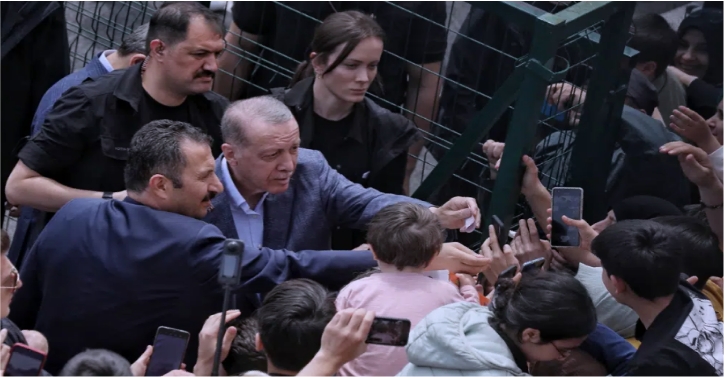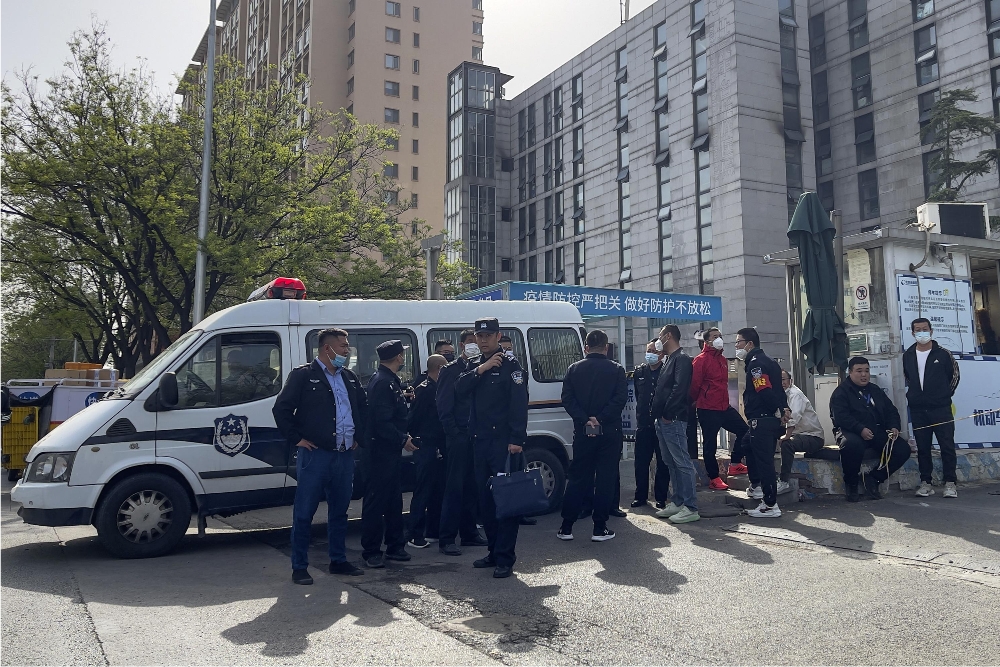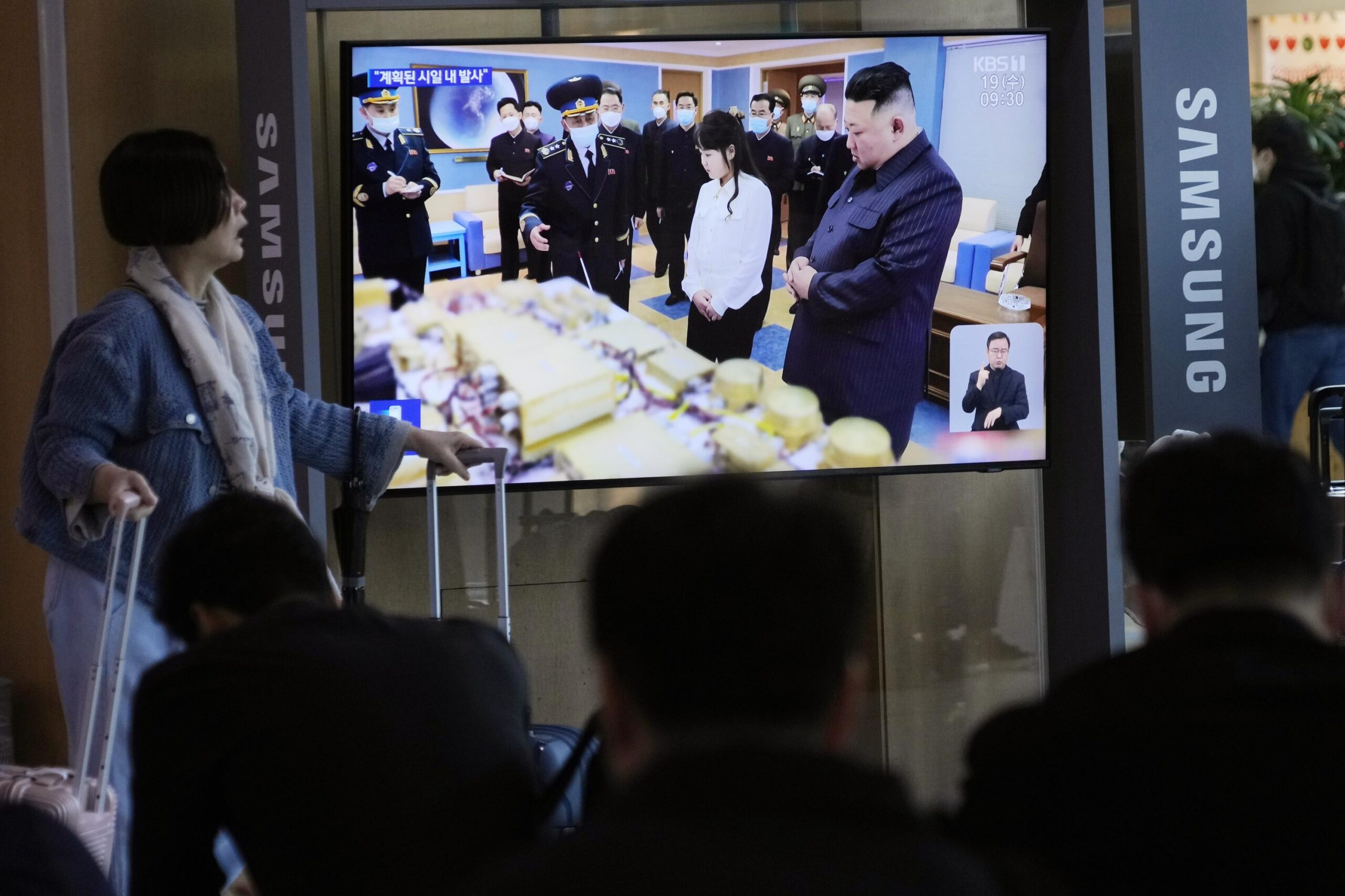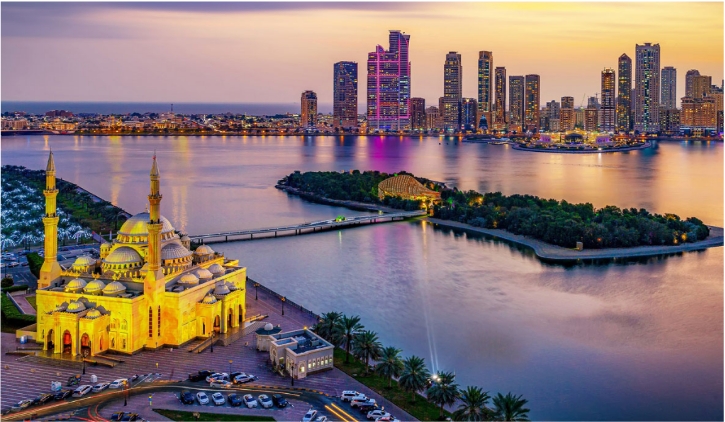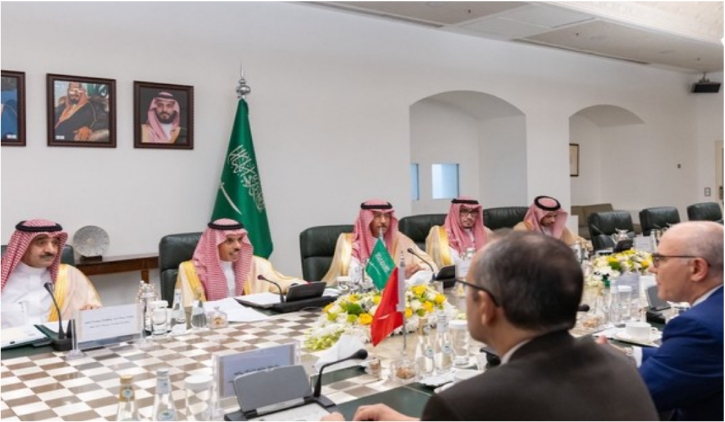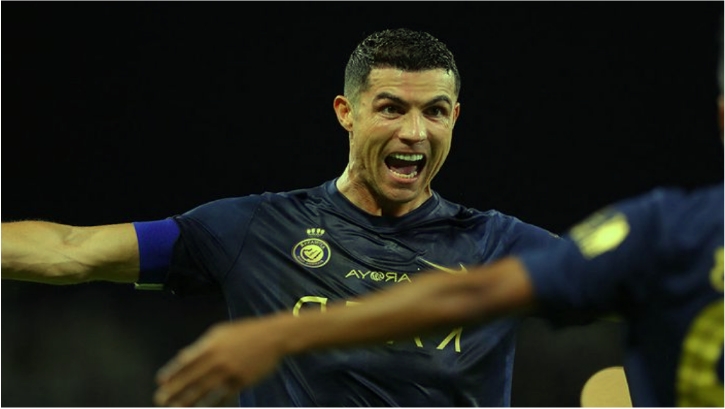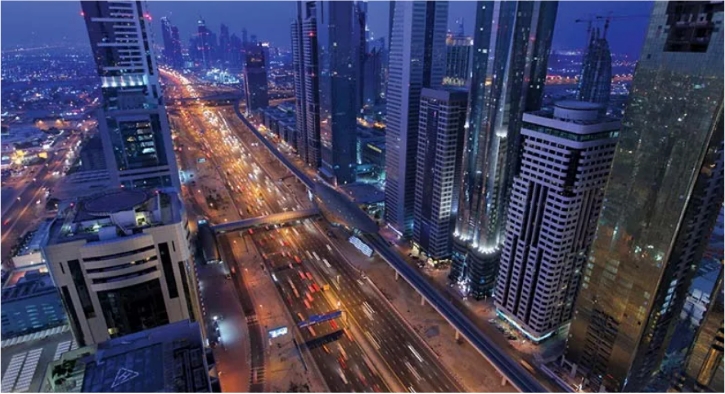We are flying low over Nepal’s mountainous countryside heading for towns at the centre of Nepal’s earthquake where hundreds of people are stranded.
Our destination is the town of Kodari. It was the epicentre of Tuesday’s massive earthquake and lies in a steep valley on the border with China.
The only suitable place for our helicopter to land appears on the horizon; a small slab of concrete on the mountainside.
All around are hundreds of tents and tarpaulins clinging precariously to the mountain. The survivors of Kodari have moved out of the town and up here.
They have been cut off for four days and as we land it becomes frighteningly clear how desperate they are to get out.
As soon as we jump off the helicopter, people surge forward. The aircraft can take five passengers but we watch at least 15 people and a dog push to get in.
With just three minutes on the ground it leaves. Everyone else must wait, perched up here and with nowhere to go.
Their destroyed town is down the valley and the monks want to show us what’s left of it.
The road is impassable by vehicle, and most of them have been flattened anyway.
It is impossible to imagine what it must have been like here on Tuesday. Boulders larger than trucks block the road. The sound alone of them crashing down into the town must have been utterly terrifying. The earth shook for nearly 30 seconds.
Along the road we meet a family in a jeep, trying to leave. Among them a young woman who is nine months pregnant. She is too exhausted to talk.
“We were very frightened when the quake hit,” her husband says. “Now we have no home and nowhere to go.”
They won’t get far but with a baby due any moment, they must try.
Further up the road we reach the bridge which marks the border between Nepal and China. All around it are wrecked trucks.
This is usually a busy trading border but today the only people we see are the Nepalese border guards.
They tell us they pulled eleven bodies out of the rubble here on Tuesday. They glance repeatedly above them at the steep valley sides and a few minutes later we understand why.
As we watch a Chinese digger struggling to move a massive bolder, a rock falls from above, bounces on the ground and narrowly misses us.
The guards tell us to run. The frequent aftershocks and the vibrations from the digger easily trigger further landslides.
It is a frightening moment, but the teams here are dealing with these dangers daily and it is why the town is now deserted.
Back up the valley on the mountainside the Tamang family are huddled under their tarpaulin.
Peeping out from a bundle of tiny blankets is Dawadorje, who is just 20 days old. He was born after the first earthquake and before the second.
Dawadorje has jaundice and his mother Ratnamaya is in pain. The wound from her Caesarean section is burning she tells us. Up in the mountains with no doctors for miles, there is no way of knowing if it’s infected.
I ask her what she needs and her answer is just one word: hospital.
Dawadorje’s father is holding their other child, four year old Dawalamu.
“I want to take them to a more secure place so that I can look after them better, but I can’t because the roads are closed and there are landslides,” father Thanbahadur says.
“At the moment I am taking care of them and feeding them whatever I can.”
Dozens will sleep with them in their tent, huddled together to keep warm.
By dawn, there is good news for baby Dawadorje. Our flight off the mountain has arrived and the pilot agrees to take the family to hospital.
Ratnamaya struggles to hold her son against the downdraft of the rotors. She is obviously in pain as she climbs on board.
As we pull up off the mountainside, the couple look down at the home they are leaving, anxious but relieved.
Dawalamu sits on her mothers lap. Baby Dawadorje is with his father, fast asleep.




